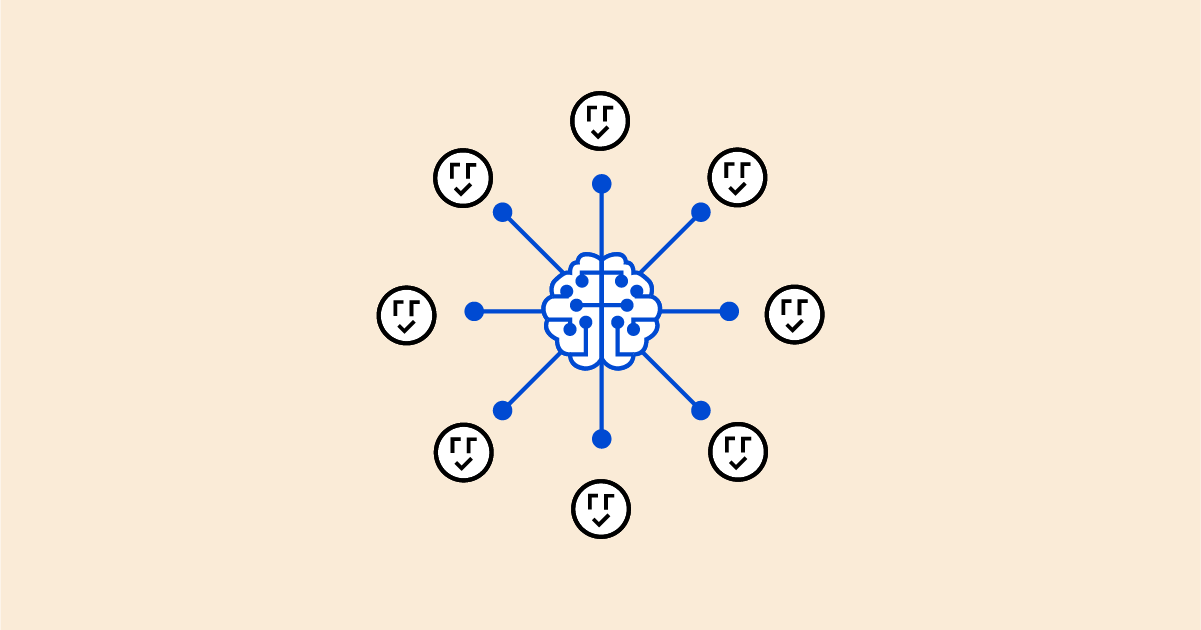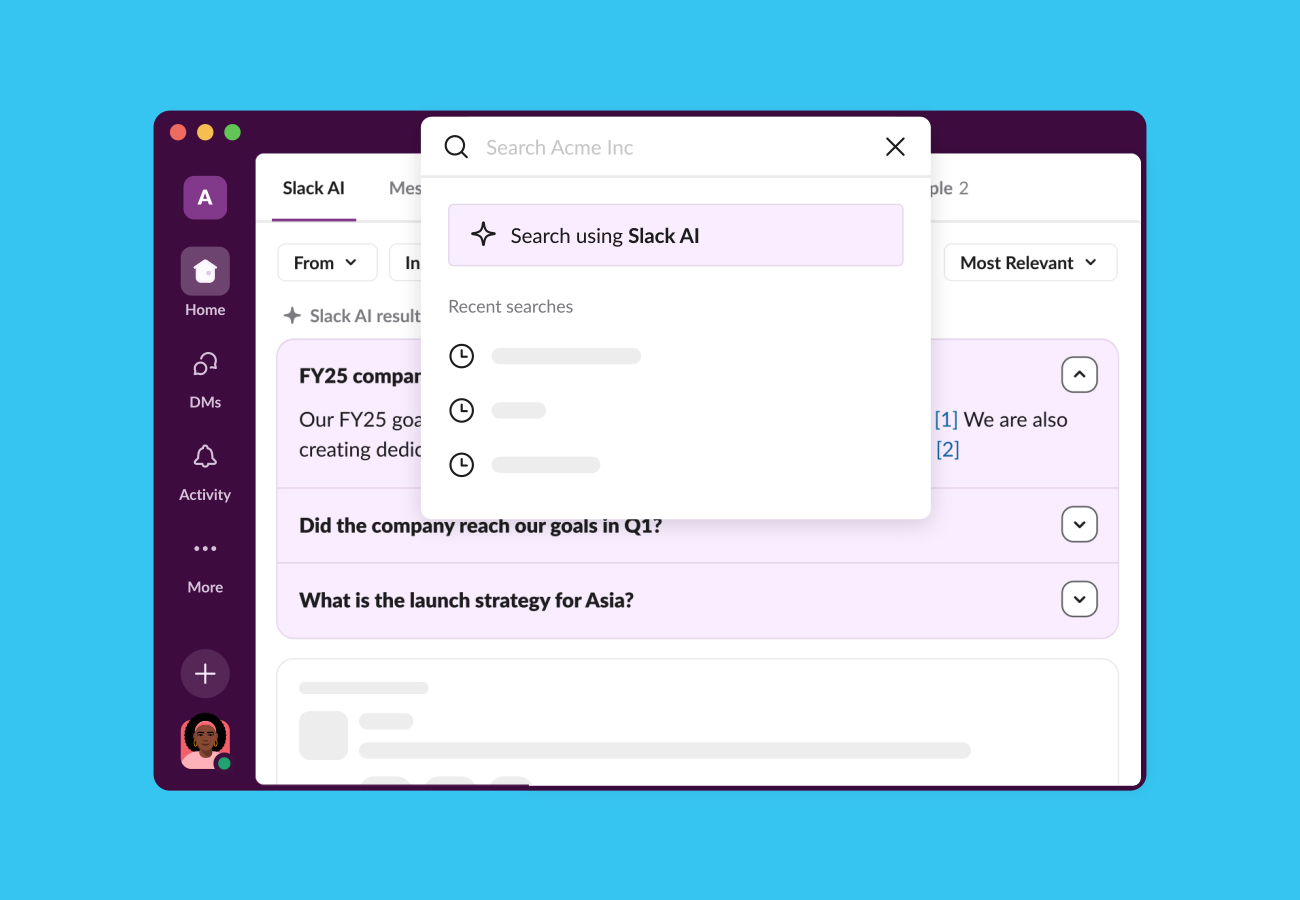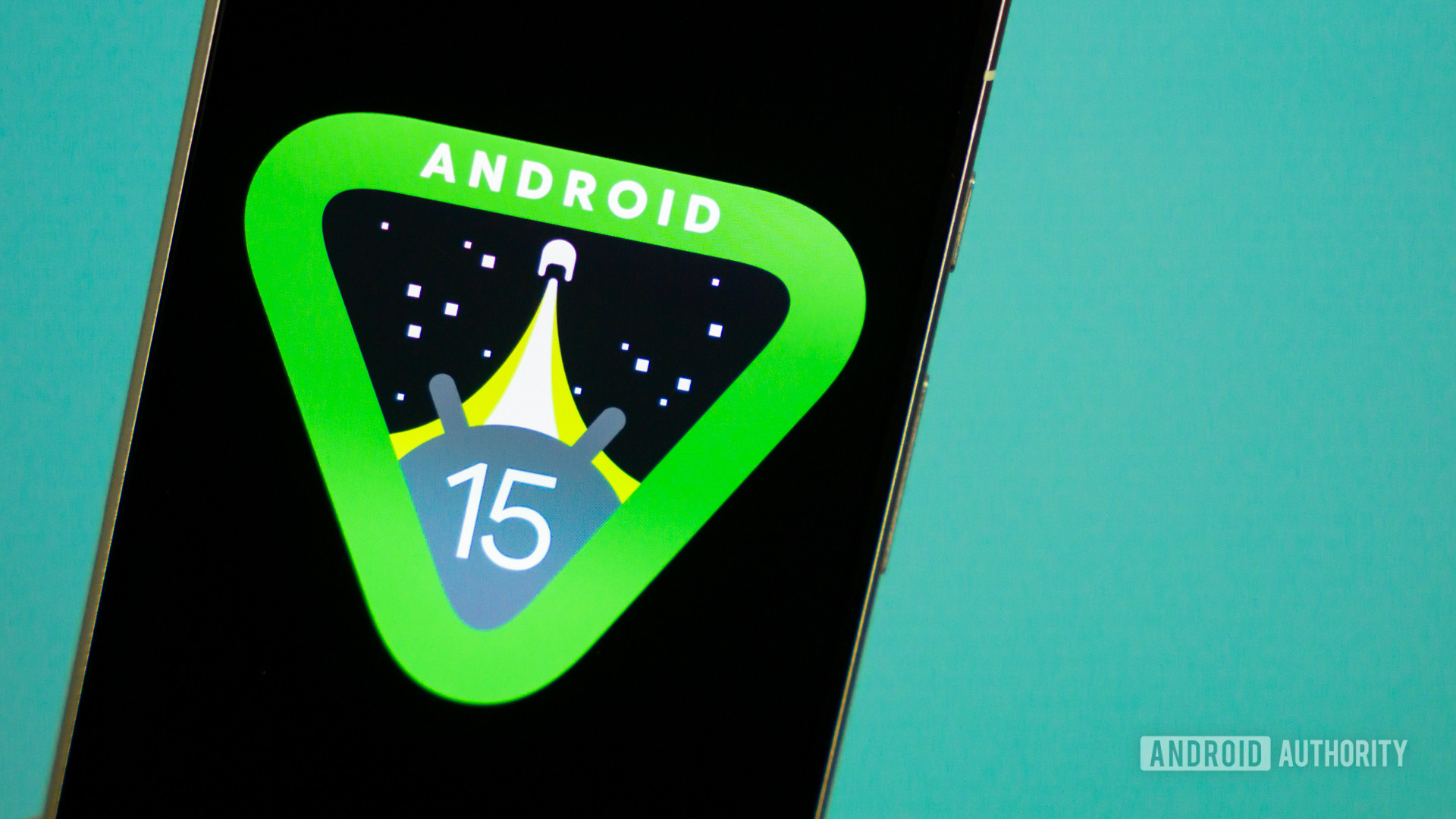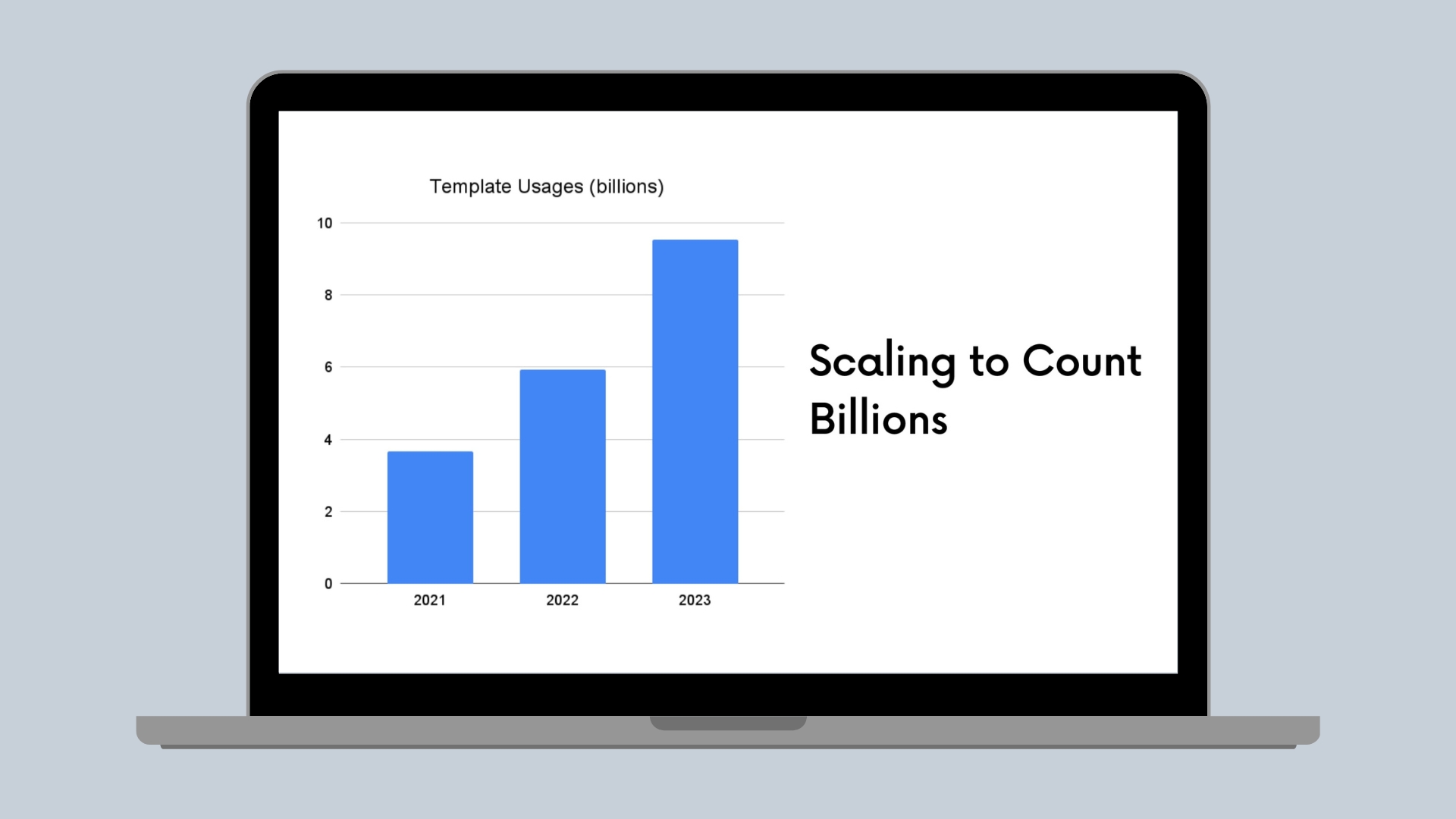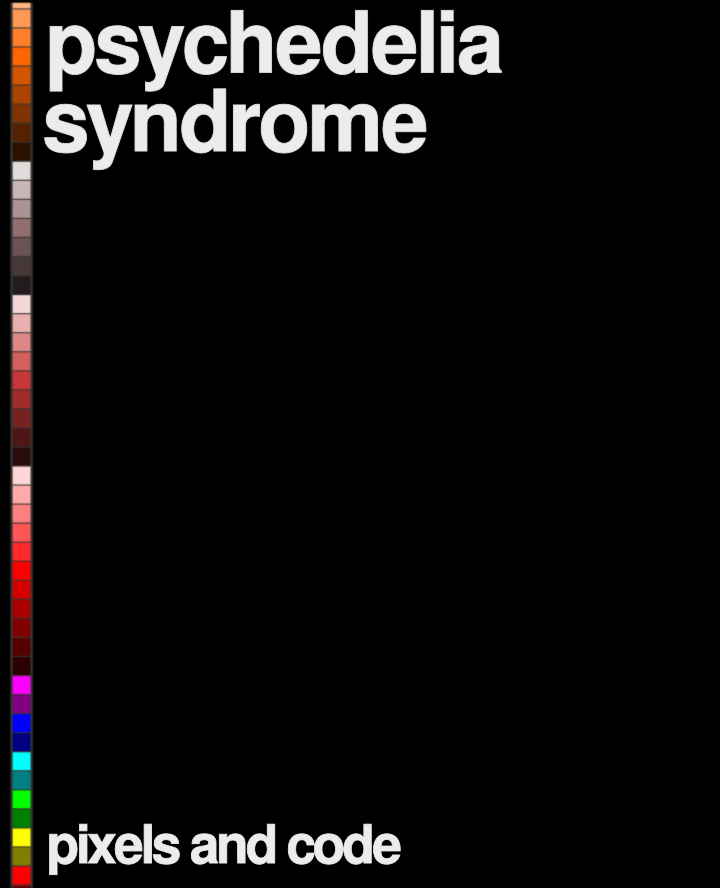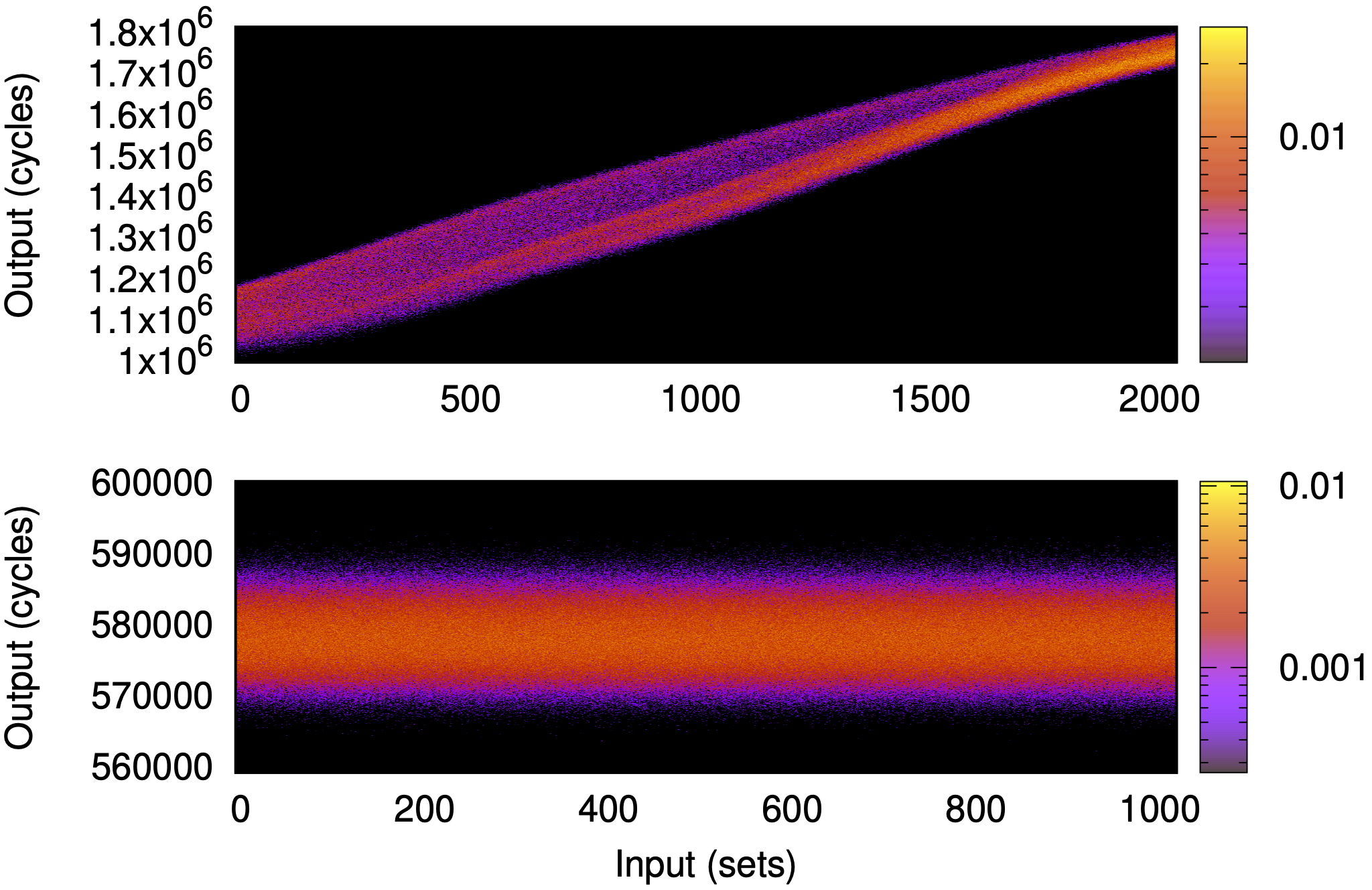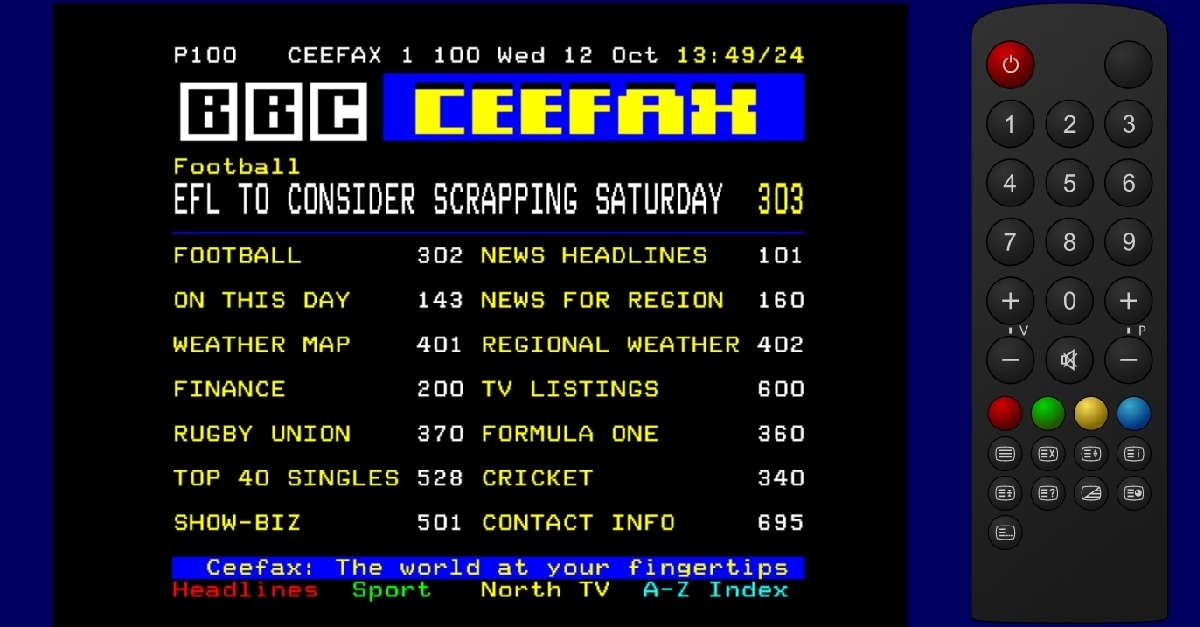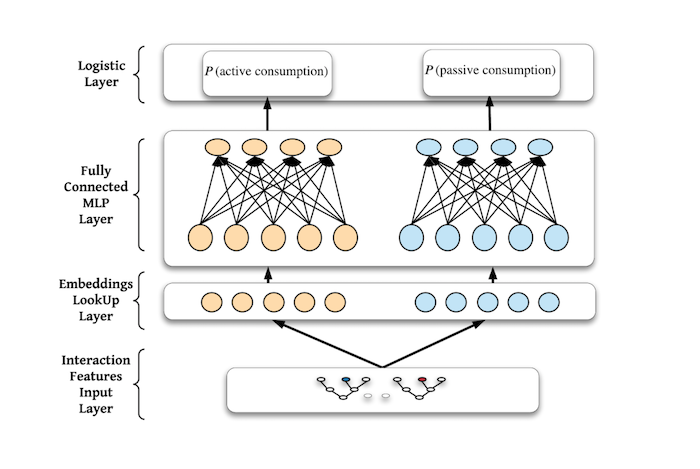
Homepage feed multi-task learning using TensorFlow
Editor’s Note: Multi-objective optimization (MOO) is used for many products at LinkedIn (such as the homepage feed) to help balance different behaviors in our ecosystem. There are two parts to how we work with multiple objectives: the first is about training high-fidelity models to predict member behavior (e.g., probability a member will click an article). The second is around trading off different objectives for a unified member experience based on utility to the LinkedIn ecosystem (e.g., a comment is much more valuable than a click). This post will focus on the first part of multi-objective optimization, where we utilize a multi-task, deep learning model to create higher fidelity consumption models; for more information on the second part, objective tradeoffs, see this article from KDnuggets about automatically tuning this tradeoff for faster model iteration.
LinkedIn’s members rely on the homepage feed for a variety of content including updates from their network, industry articles, and new job opportunities. Members can engage with this content in multiple ways, including commenting on or resharing posts. It is the job of our relevance system to understand the different needs of these members and present a personalized experience that provides an ecosystem optimized to foster productive professional development.

